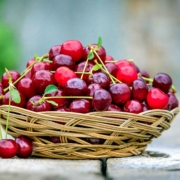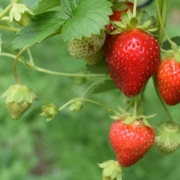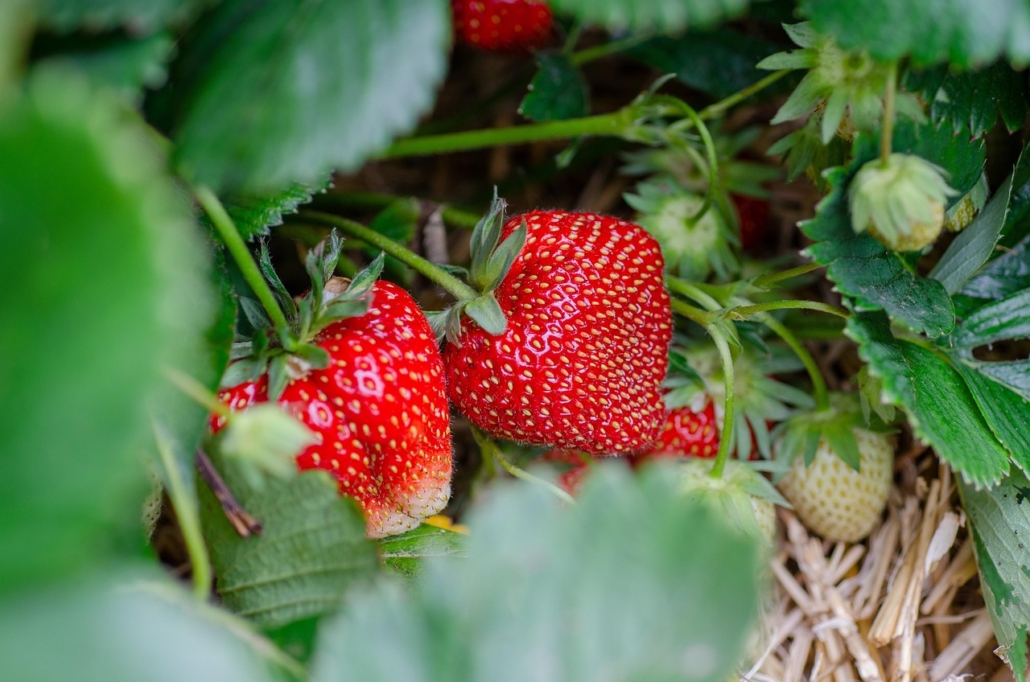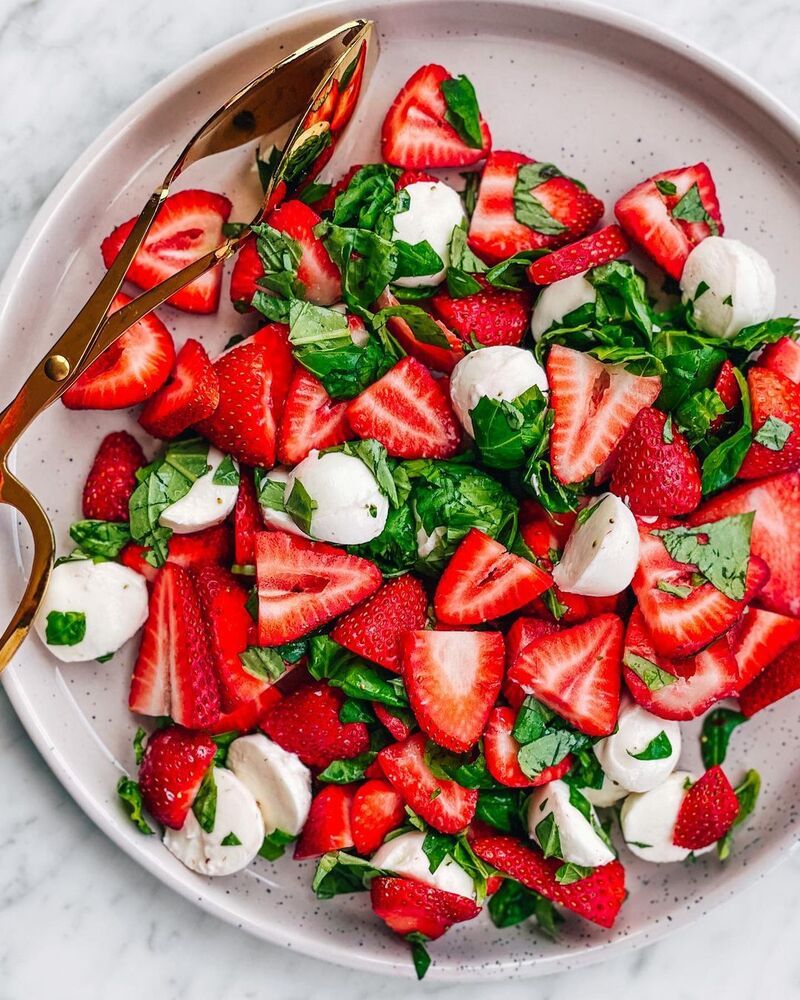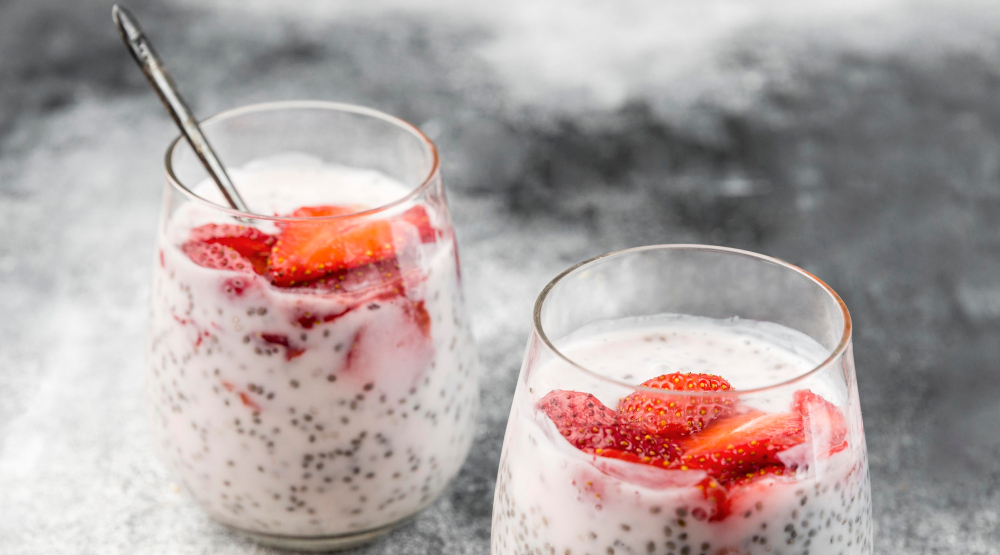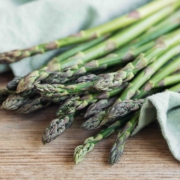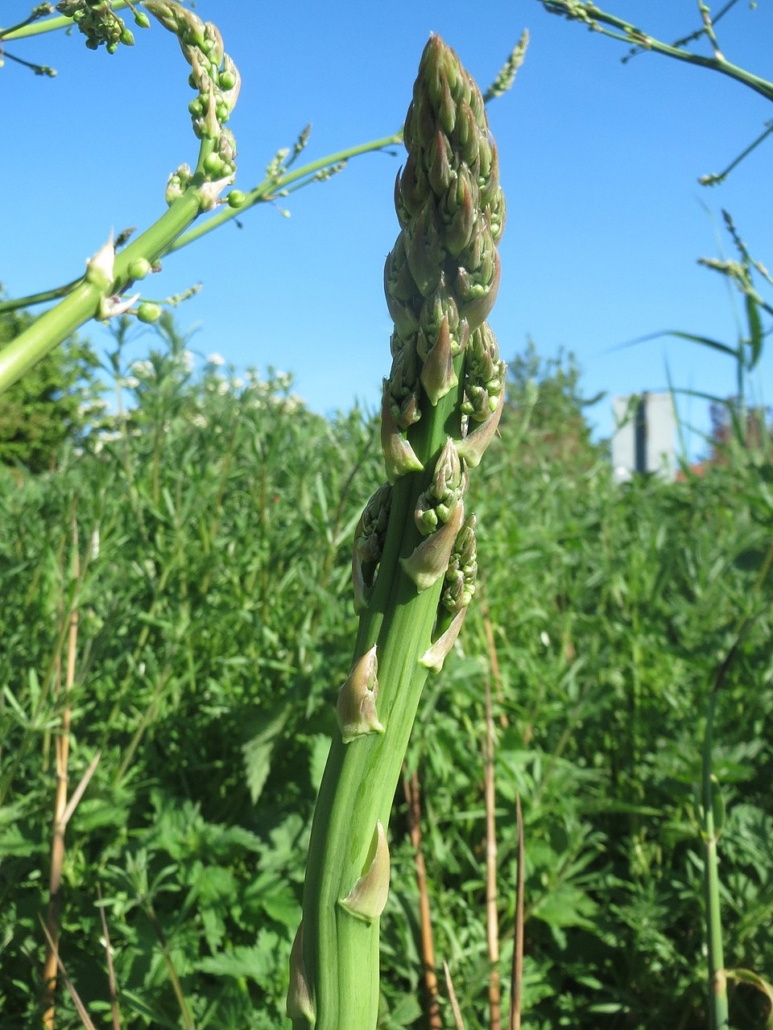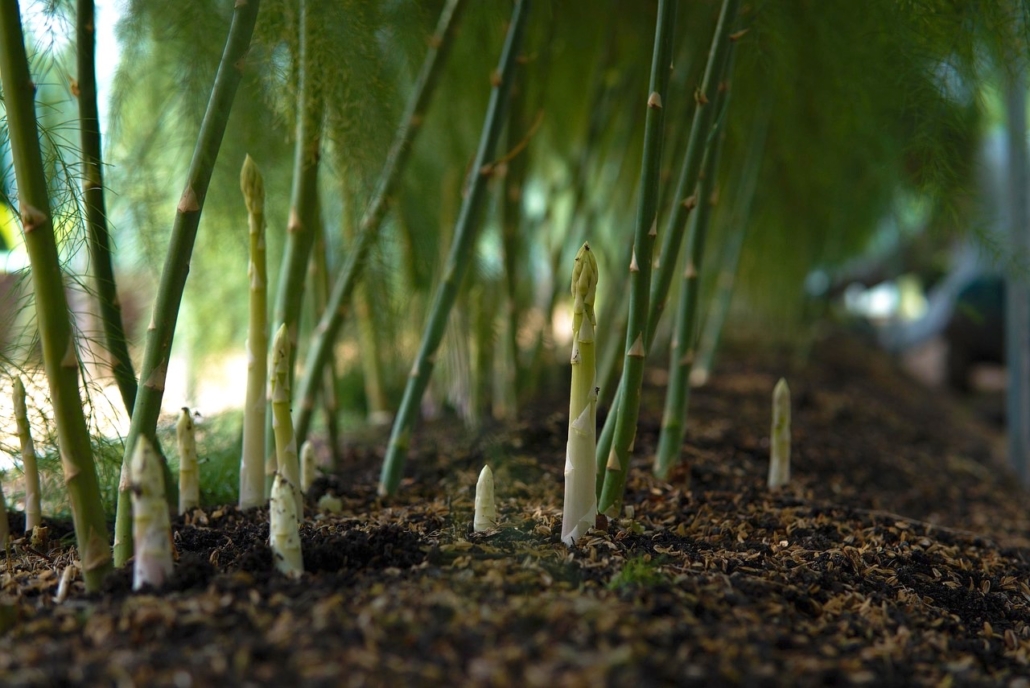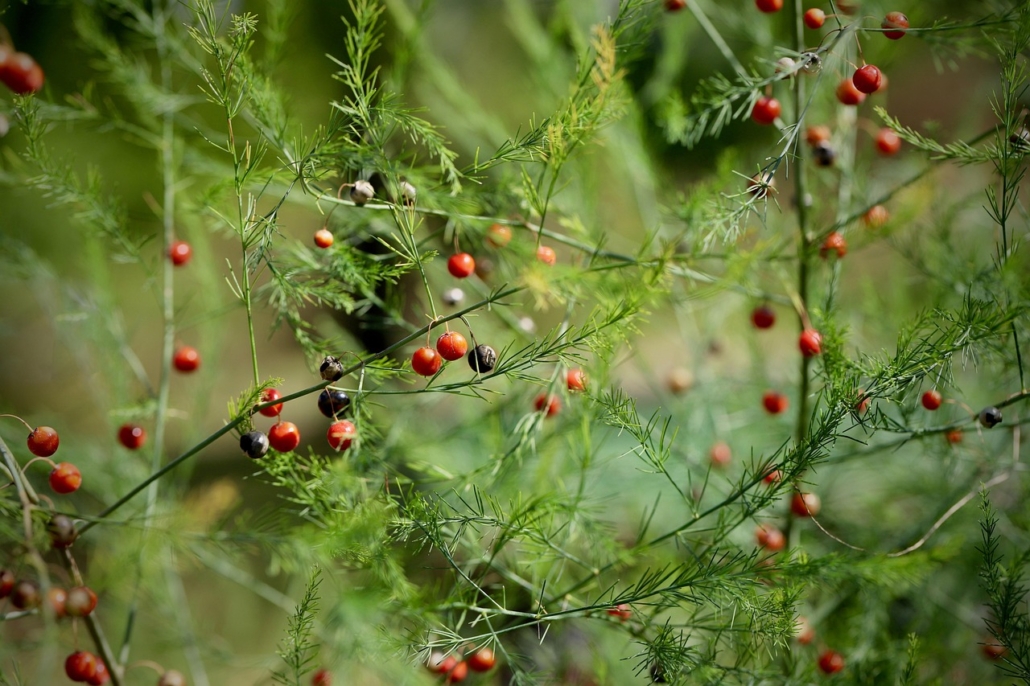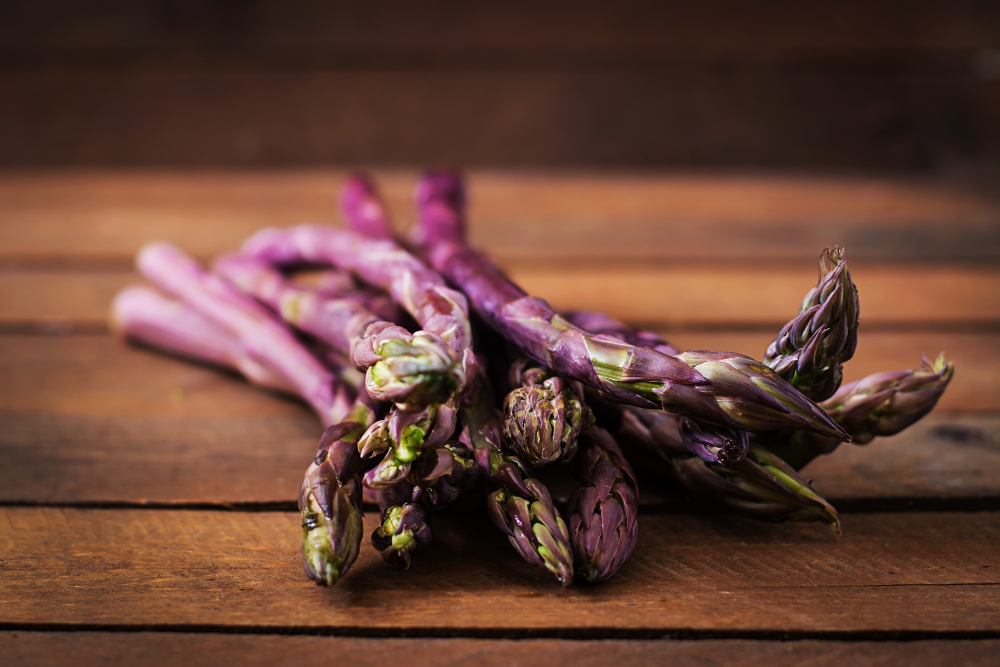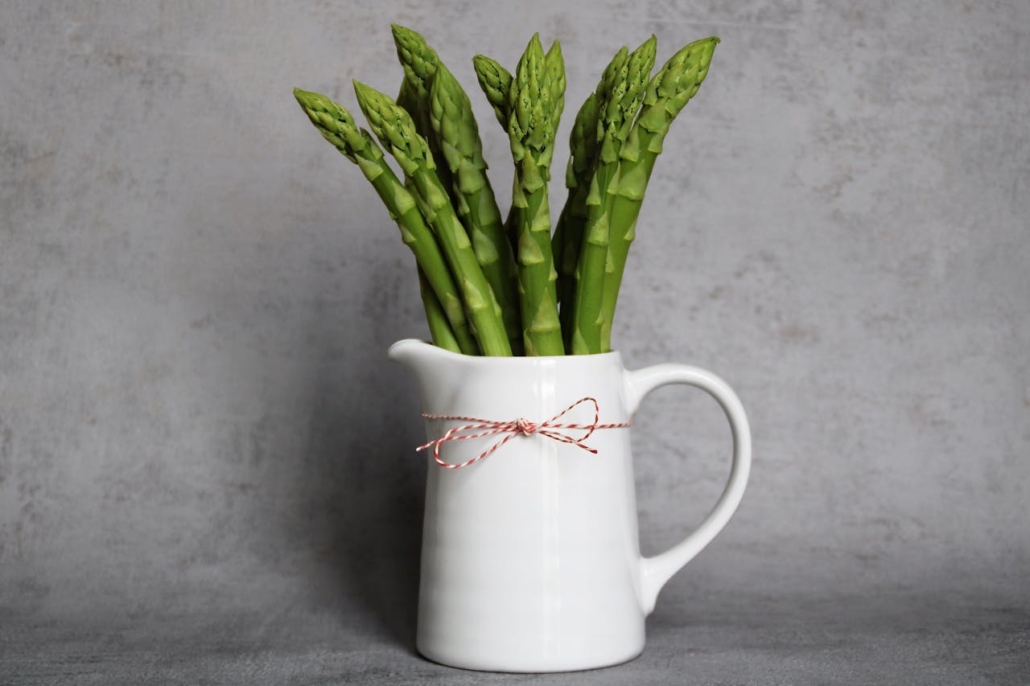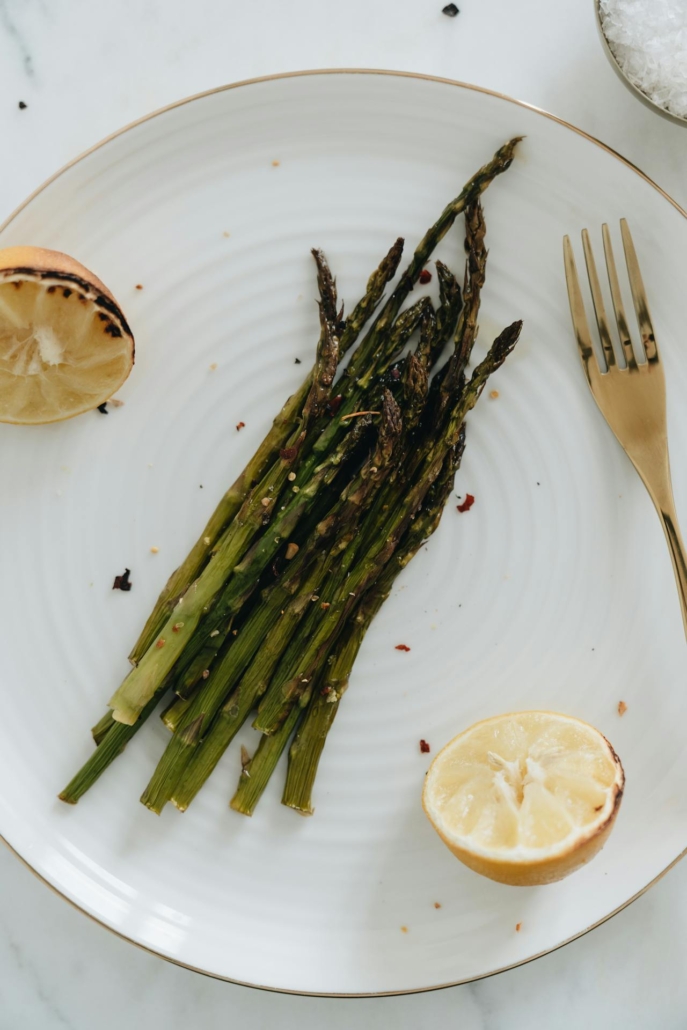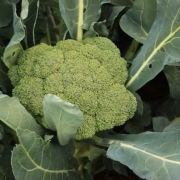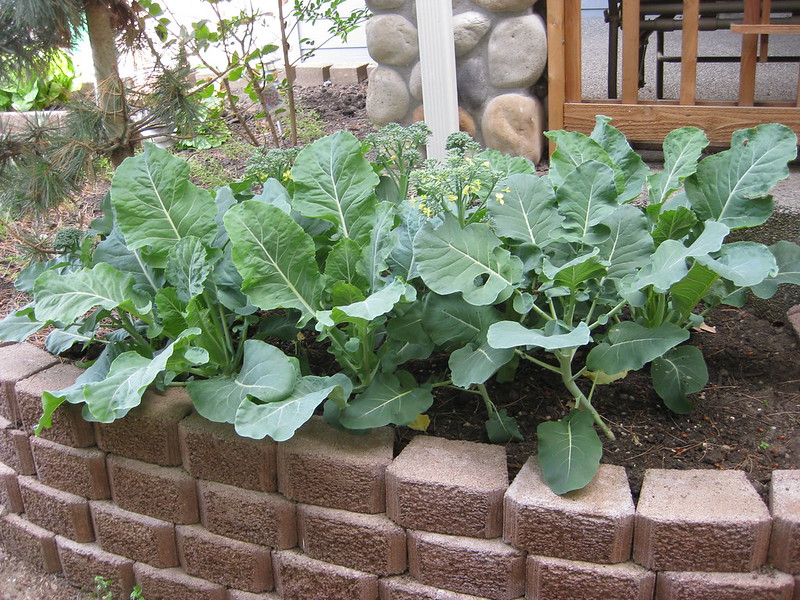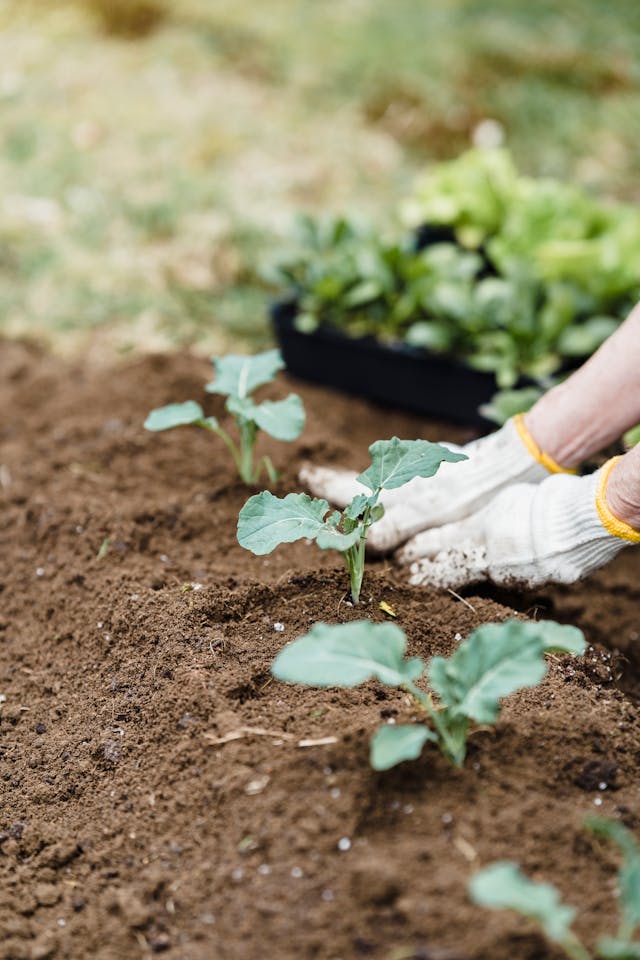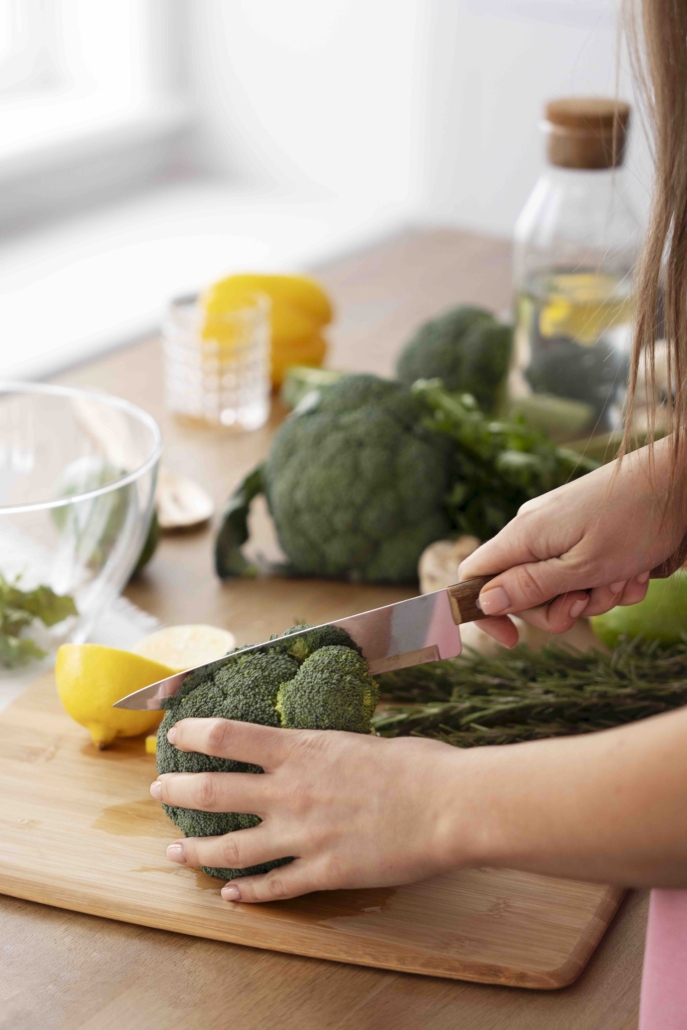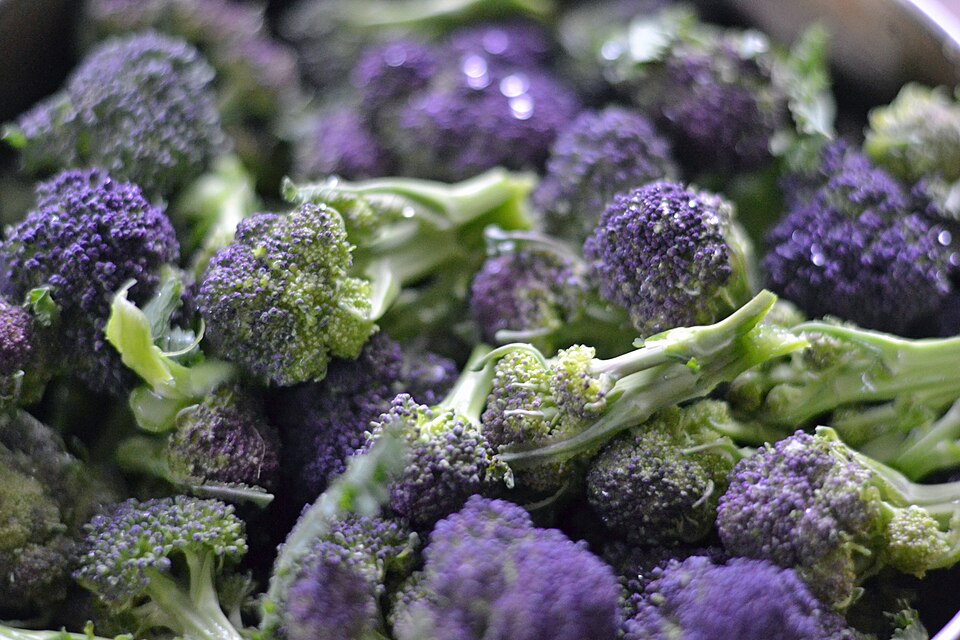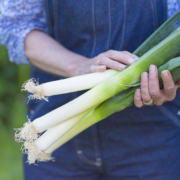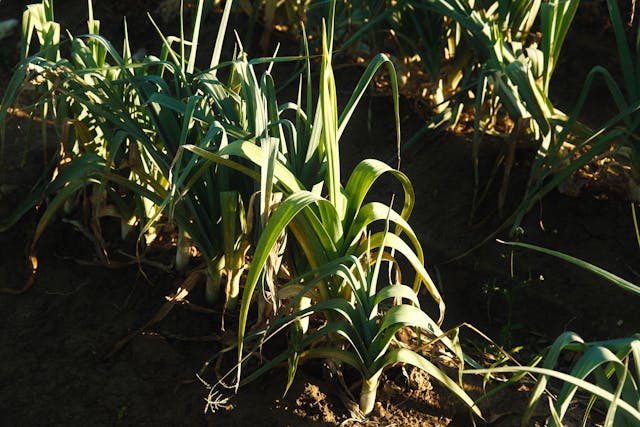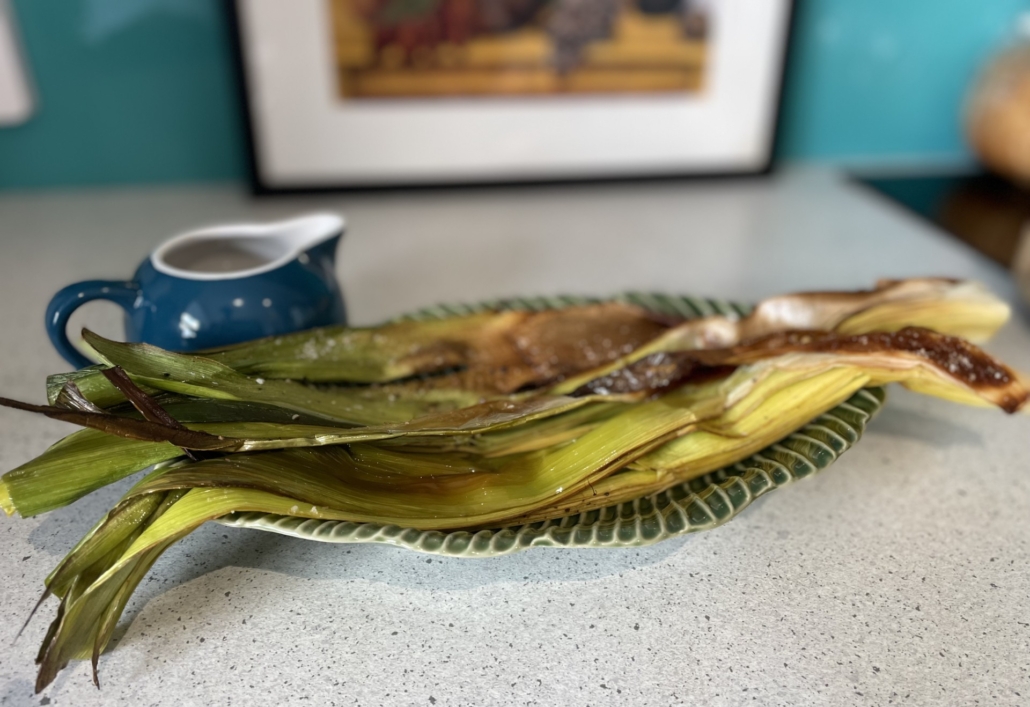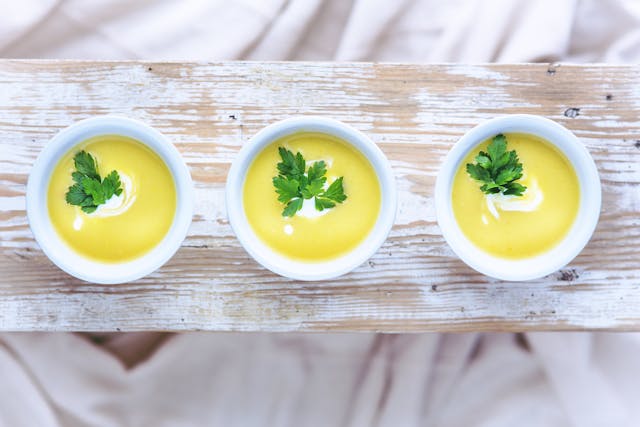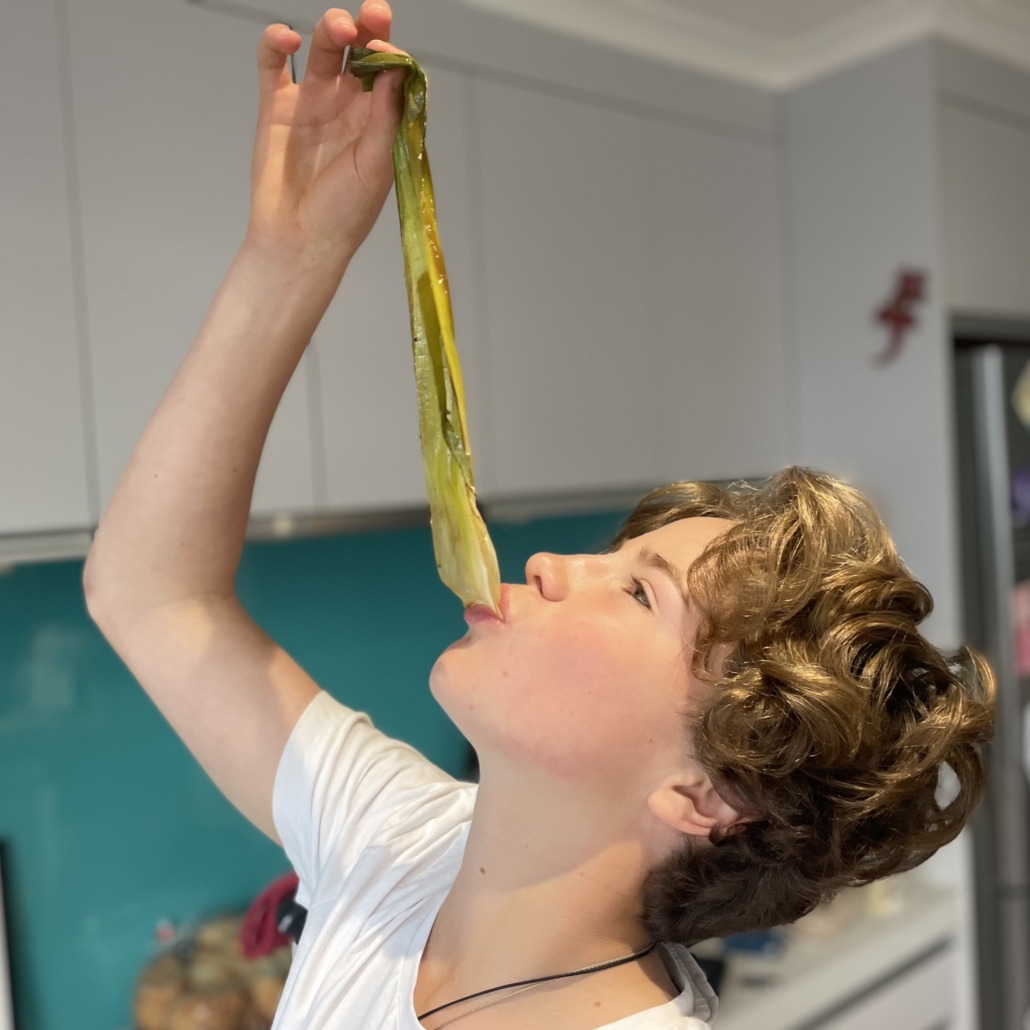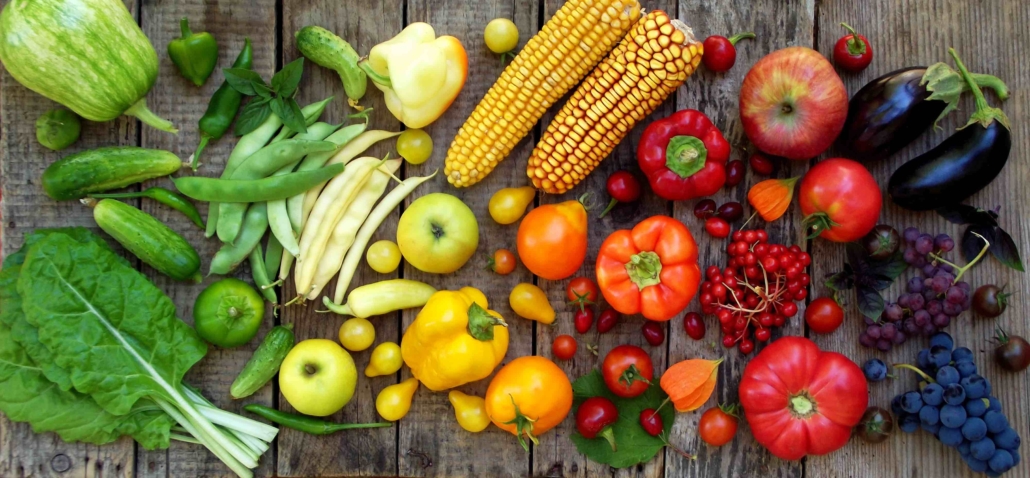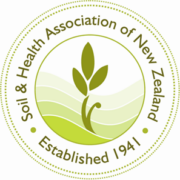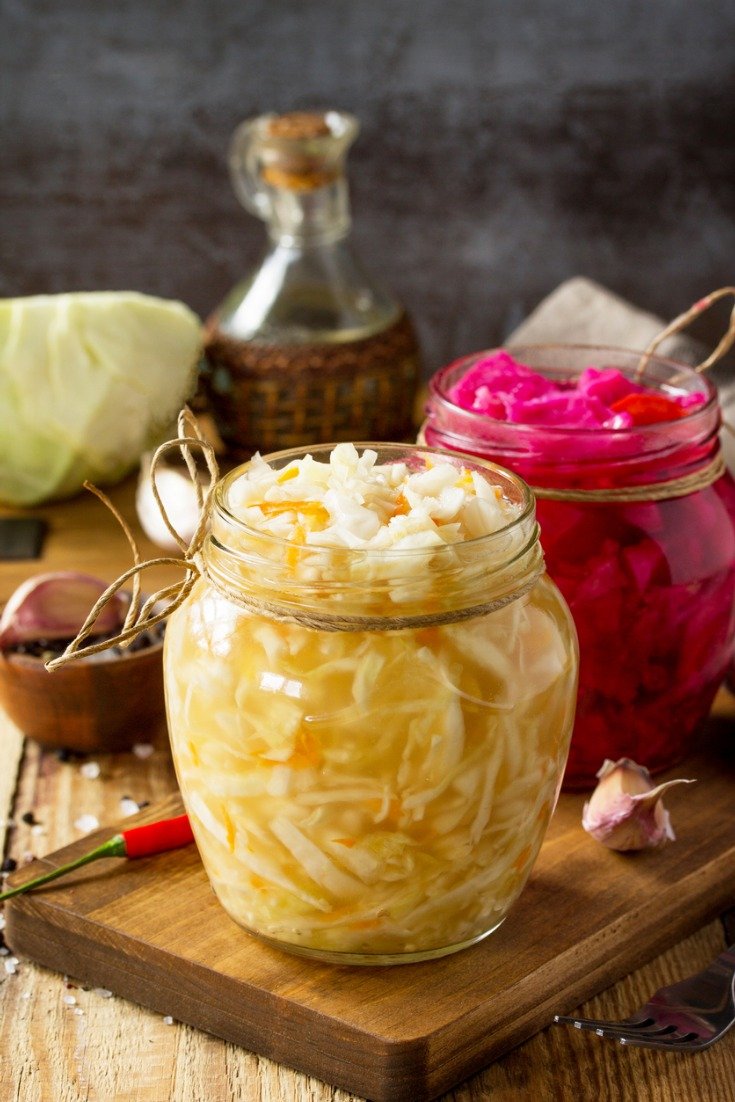Cherries on top
A nutritional powerhouse wrapped in summer sweetness
There’s a moment each summer in New Zealand when the fruit bowls shift – apples and pears take a step back, and cherries step into the spotlight. Their glossy skins, deep ruby tones, and tart sweetness signal summer days. For growers, cherries are a labour of love. For eaters – especially those who value organic, seasonal produce – they’re a small but mighty gift from the orchard, and one of the most nutrient-dense fruits of the season.
Nutritional therapist Paula Sharp shares her nutritional knowledge and two delicious recipes.
We hope you enjoy this free article from OrganicNZ. Join us to access more, exclusive member-only content
The New Zealand cherry landscape
Cherries thrive where winters are cold, summers are dry, and the soil drains freely – in my mind making Central Otago the undisputed cherry heartland of New Zealand. The region’s sharp seasonal contrasts enhance flavour development, producing cherries that are firm, intensely sweet, and wonderfully aromatic.
Smaller organic orchards in Hawke’s Bay, Canterbury and Marlborough also contribute to the national harvest, though cherries remain one of the more climate-sensitive crops. A single late frost or a burst of heavy rain near harvesting can have consequences for the whole orchard. This vulnerability is part of what makes cherries precious – and why many organic growers invest heavily in soil health, biodiversity, and regenerative practices to increase resilience.
A nutritional deep dive
While they may be small, cherries offer a remarkably wide spectrum of nutrients and plant compounds. Their benefits go far beyond their sweetness:
1. Anthocyanins: Plant Power
The deep red-purple pigments in cherries come from anthocyanins – a group of antioxidants linked with reduced inflammation, improved circulation, and even enhanced brain health. These compounds help protect the fruit from UV stress and heat, and offer similar protective benefits in the human body.
Anthocyanins can also support cardiovascular health by improving blood vessel elasticity and lowering oxidative stress.
2. Natural melatonin for better sleep
Cherries, particularly tart varieties, contain natural melatonin – the hormone that helps regulate sleep-wake cycles. While New Zealand grows mostly sweet cherries, these still contain small but meaningful amounts of melatonin alongside tryptophan and serotonin precursors. For those who struggle with disrupted summer sleep, incorporating cherries into afternoon snacks or evening desserts can be delicious and supportive.
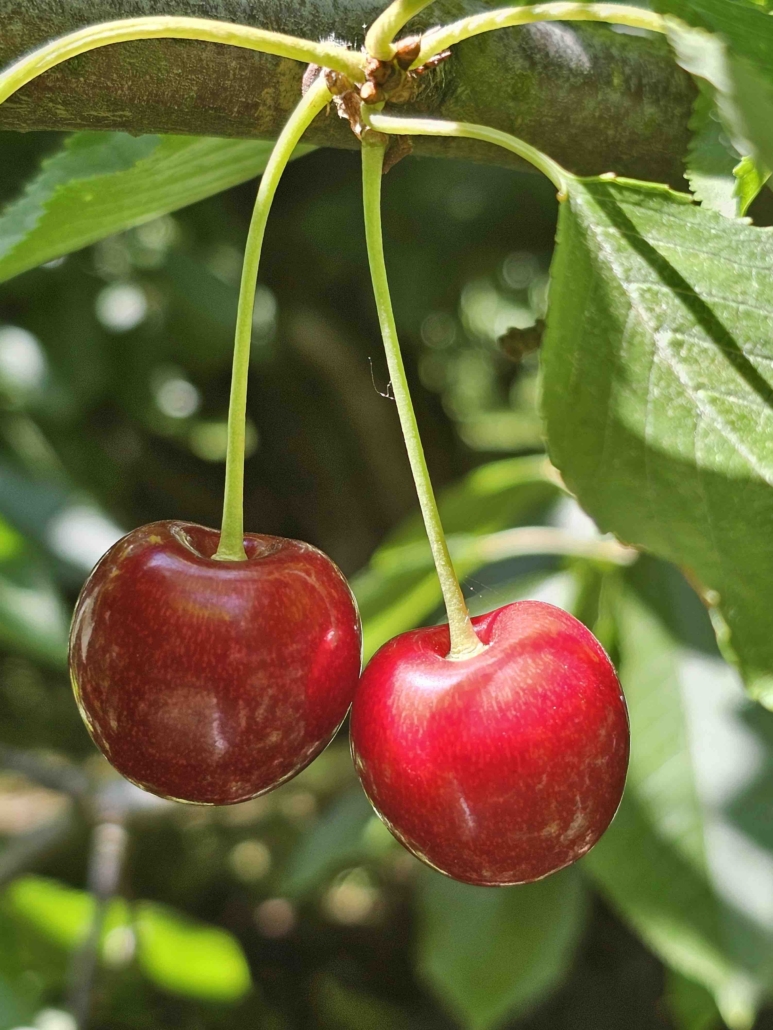
Photo: Hasmik Ghazaryan Olson, Unsplash
3. Joint and muscle support
Organic cherries contain polyphenols that may help reduce exercise-induced muscle soreness and support joint comfort. This is particularly relevant in summer when people are more active (and gardening intensely.)
4. Vitamin C and collagen support
A single cup of fresh cherries delivers a generous dose of vitamin C, which is essential for immune health and collagen production. This supports skin vitality, ideal in summer.
5. Gut health benefits
Cherries contain soluble and insoluble fibre, supporting healthy digestion and stable blood sugar levels. Their polyphenols also act as prebiotics, feeding beneficial gut bacteria. For those eating more meaty barbecues, fast food, or rich festive meals, this gentle fibre boost can be a digestively welcome.
The organic advantage
Organic cherry orchards often prioritise biodiversity, soil biology, compost-based nutrition, and minimal intervention. The result? Fruit that may contain slightly higher levels of certain antioxidants. Organic growing also avoids synthetic pesticides, reducing the chemical load on both the environment and humans; this is significant for cherries as they are eaten whole, skin-on, and often in generous handfuls.
Make the most of the short season
With New Zealand’s cherry season lasting only a few weeks, from mid-December into early January, savouring them becomes a practice in seasonal appreciation.
- Buying: Look for taut skin, deep colour and bright stems.
- Storing: Keep unwashed in the fridge to maximise freshness.
- Eating: Enjoy fresh, bake into summer desserts, pit and freeze for smoothies, or simmer into compotes for yoghurt and porridge.
Cherries highlight how good nutrition isn’t just about nutrients, it’s also about flavour, freshness, and eating in step with the seasons.
Great varieties for home growers
If you’re planting your own cherry tree, especially in regions with few frosts or higher humidity, these varieties offer the best blend of productivity, flavour, and lower maintenance:
- Stella: The classic home-garden choice. Self-fertile, productive, and forgiving. Good-sized fruit with excellent sweetness and a reliable crop most years.
- Lapins: Great for gardeners who want larger fruit and strong disease resistance. Also self-fertile, which simplifies orchard planning. Handles variable weather better than many other cultivars.
- Sweetheart: Perfect for those who want cherries later in the season. Upright growth makes it easier to manage in smaller gardens, and fruit holds well on the tree.
- Compact or Dwarf Varieties: Increasingly available in New Zealand nurseries, and ideal for urban gardens or smaller spaces. Look for dwarf forms of Stella or Lapins where offered.
Seasonal cherry recipes
Here are two easy ways to enjoy fresh cherries in season.
Fresh cherry, rocket & almond salad
A bright, summery salad, perfect for Christmas hosting.
Serves: 4 | Prep time: 10 minutes
Ingredients
- 2 cups fresh cherries, pitted and halved
- 3 large handfuls rocket (or mixed baby greens)
- ½ cup sliced almonds, lightly toasted
- 80g soft goat cheese or feta, crumbled
- 1 small red onion, very thinly sliced
- A handful of fresh mint leaves, torn
Dressing
- 2 tbsp extra-virgin olive oil
- 1 tbsp balsamic vinegar (or cherry vinegar if you have it)
- 1 tsp runny honey
- Pinch of sea salt and cracked pepper
Method
- Whisk dressing ingredients together.
- In a serving bowl, layer rocket, cherries, onion, almonds and mint.
- Drizzle with dressing and gently toss.
- Top with goat’s cheese and serve immediately.
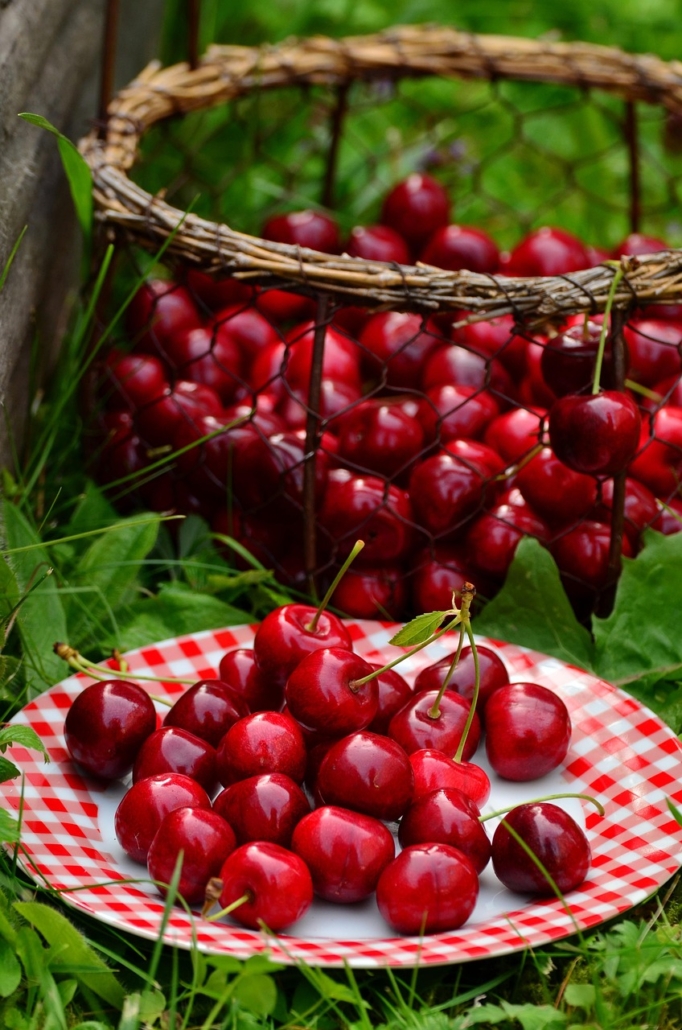
Photo: Conger Design, Pixabay
Warm spiced cherry compote
Fabulous with yoghurt, porridge, pancakes or as a dessert topping. This compote freezes well.
Serves: 4 | Prep time: 5 minutes | Cook time: 10 minutes
Ingredients
- 3 cups fresh (or frozen) cherries, pitted
- 2 tbsp water
- 1 tbsp maple syrup or honey (optional)
- ½ tsp cinnamon
- ¼ tsp vanilla extract
- 1 tsp lemon zest
- Small pinch of ground cloves (optional – very Christmassy)
Method
- Add cherries and water to a small saucepan. Bring to a gentle simmer.
- Stir in maple syrup/honey, cinnamon, vanilla, lemon zest and cloves.
- Continue to simmer until cherries soften and release their juices (approximately 8-10 minutes).
- Serve warm or cold. Refrigerate for up to four days.
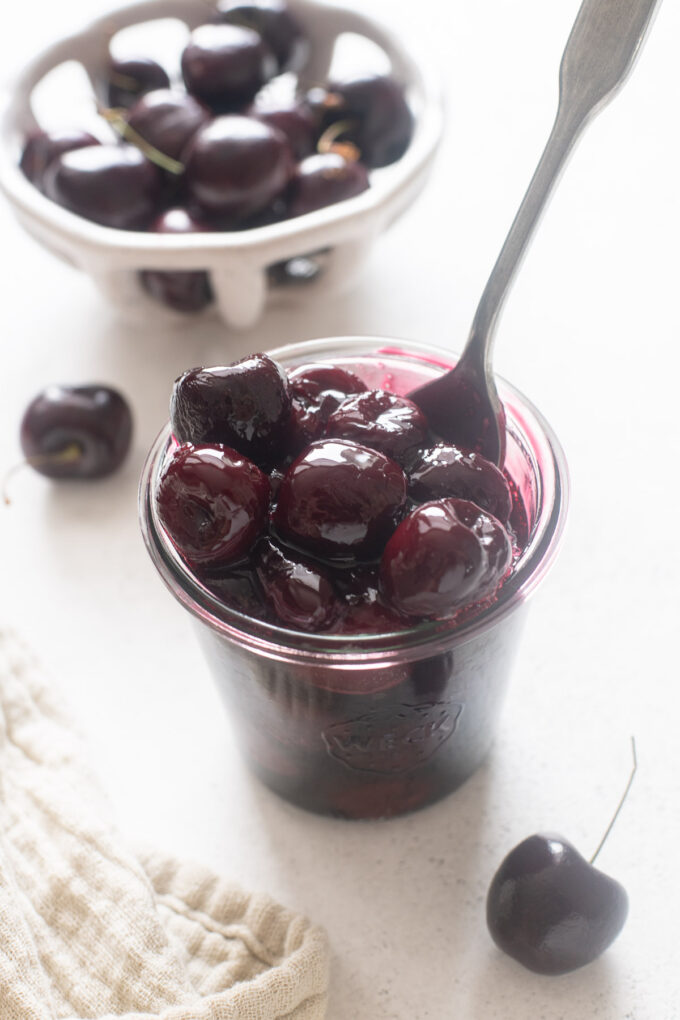
Photo: Marcie Bidou, Flavor the Moments

AUTHOR BIO
Paula Sharp is a nutritional therapist supporting women’s health, digestion, hormones, skin, sleep, and energy through one-to-one consultations via Zoom. She’s also a local guest speaker in the Bay of Plenty and regular writer for Organic NZ.
Join Paula’s free newsletter – Sharp Bite – for weekly nutrition tips, seasonal recipes, and mindset inspiration.
Photo at top of article: Oliver Hale, Unsplash

